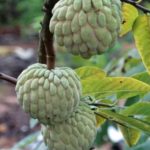Unlocking the Secrets of Tomatoes: A Tasty Exploration
Tomatoes are a versatile and beloved food, enjoyed fresh or cooked into a myriad of dishes. But have you ever wondered why modern tomatoes seem less flavorful than their older counterparts? Let’s explore the science behind this and uncover ways to select the tastiest tomatoes.
Unveiling the Nutritional Powerhouse of Tomatoes
Tomatoes pack a nutritional punch. Per 100g, they offer 2.2g of sugar, along with essential vitamins and minerals like 0.03mg of Vitamin B1, 0.02mg of Vitamin B2, 0.31mg of carotene, and 8mg of calcium. They’re also rich in organic acids like malic and citric acid, lending them a natural tartness and aiding in preservation.
Consuming tomatoes has anti-aging and skin-enhancing benefits due to their high Vitamin C content, which also boosts iron absorption and prevents anemia. The lycopene in tomatoes is known for its protective effects on the prostate.
Exploring the Reasons Behind Modern Tomatoes’ Firmness and Long Shelf Life
1. Controlled Ripening Processes
Typically, tomatoes have a growth cycle of 2-3 months. Without human intervention, they would ripen slowly and naturally over this period.
However, modern agricultural practices often involve greenhouse cultivation and increased irrigation to accelerate growth. This results in tomatoes that are ready for harvest earlier but may have a diluted flavor profile.
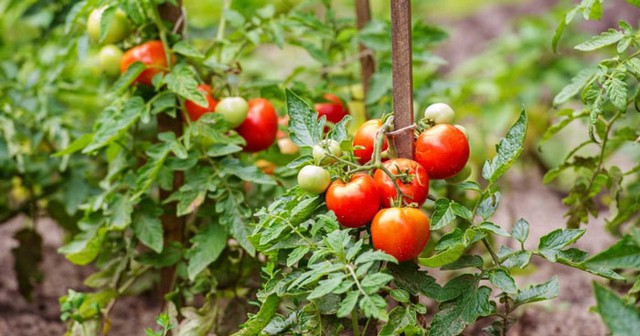
2. Heavy Reliance on Chemical Fertilizers
Today’s tomato cultivation relies heavily on chemical fertilizers and pesticides. In the past, farmers often used animal manure, a more affordable and organic approach. This natural fertilizer provided fruits and vegetables with essential organic compounds.
While chemical fertilizers are now prevalent, they contribute to harder, less nutritious soil, hindering the absorption of vital elements like potassium, boron, and magnesium. Excessive phosphorus, potassium, and nitrogen in the soil from these fertilizers can also impact the nutritional content and flavor of tomatoes.
3. Storage and Transportation Considerations
With a growing urban population, the demand for fresh produce in cities has increased. To meet this demand, tomatoes are often harvested prematurely, stored, and then transported to urban areas. This process ensures they remain firm and reduces spoilage during transportation.
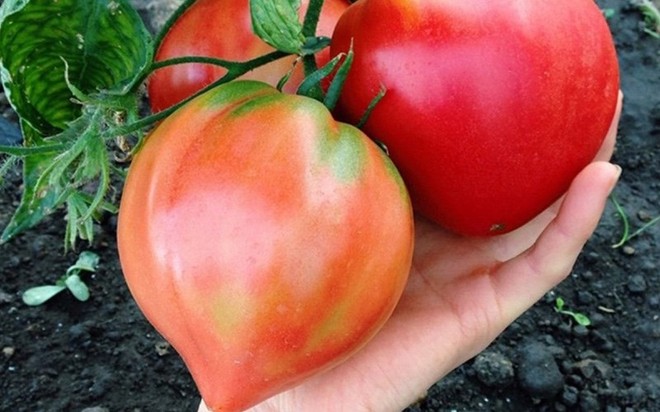
4. Shifts in Cultivated Varieties
Today’s market offers a wide range of fruits and vegetables, regardless of the season or geographical origin. This is largely due to advancements in logistics and the economy, enabling long-distance transportation of fresh produce. Additionally, modern tomato varieties have been bred to have thicker, harder skins and less water content.
While these traits reduce transportation losses, they also impact the flavor and texture of the fruit. The majority of tomatoes currently available are of Dutch and Israeli origin, chosen for their high yield, long shelf life, and resilience during transportation.
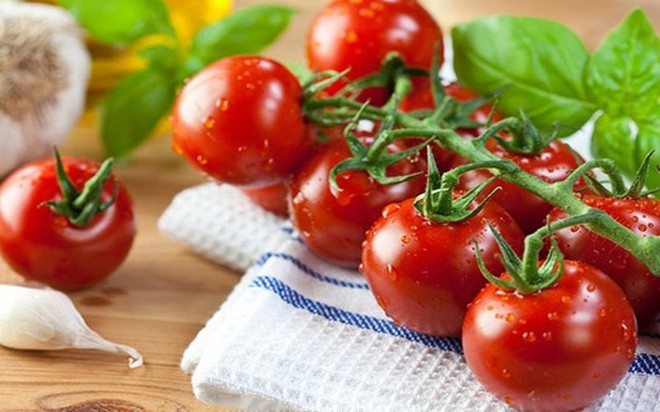
5. The Impact of Off-Season Cultivation
For most fruits and vegetables, it is advisable to consume them during their natural growing season, as this is when they are at their flavor peak. However, to meet market demands, off-season cultivation has become common.
This practice significantly alters the natural growth environment of the plants, leading to noticeable changes in their nutritional content. Tomatoes grown off-season may have inferior quality, becoming firmer and less tasty.
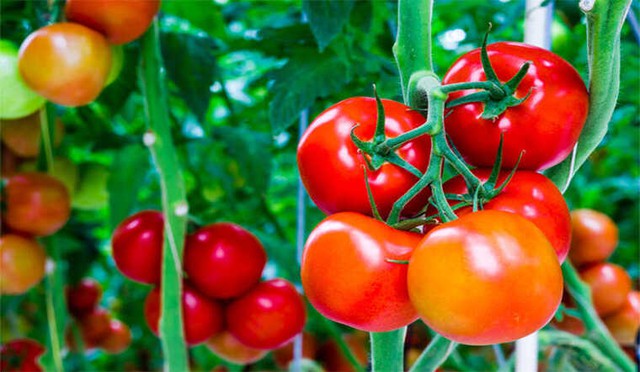
Selecting the Perfect Tomato: Four Helpful Tips
Color: A bright red tomato isn’t always the best indicator of quality. Sometimes, overly bright colors can indicate forced ripening. Naturally ripened tomatoes may have white spots and a slight yellow hue.
Shape: A round and plump tomato with a full shape is a sign of better ripening and a more intense flavor. Pointed or oddly shaped tomatoes often have very little juice and may even be hollow inside.
Stem: The presence of a stem indicates freshness. Tomatoes that have been picked for a while tend to lose their stems, which then turn a dark brown color.
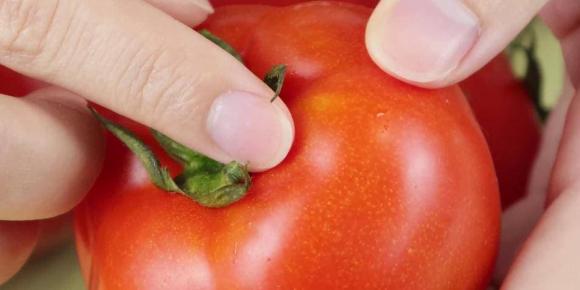
Tiny Spots on the Skin: Sweet and delicious tomatoes often have tiny, evenly distributed spots on their skin. These are the tomatoes you want to grab without hesitation. If the spots are unevenly distributed, the tomato will likely be hard and less tasty.




























